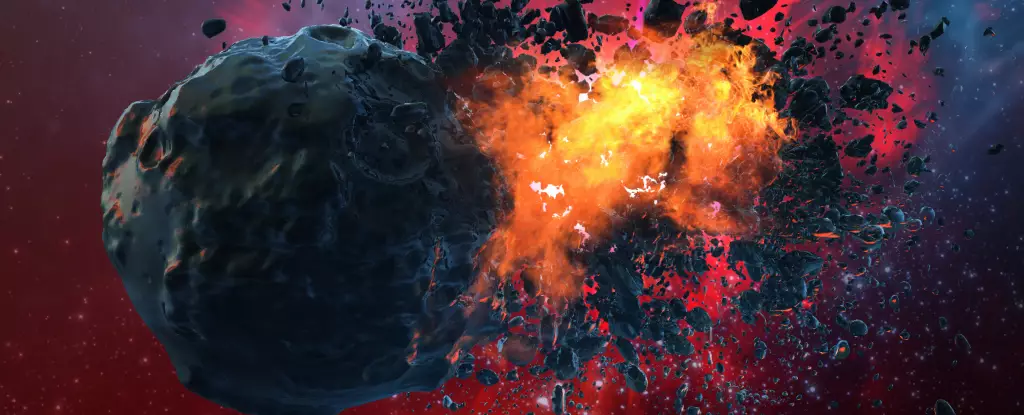In a scenario that captures both fear and fascination, a newly identified asteroid, dubbed 2024 YR4, presents humanity with a concerning possibility: the chance of it striking Earth has been calculated at around 3.1 percent for December 22, 2032. Though this figure may seem alarming, it is crucial to contextualize it within the scope of astronomical predictions. Richard Moissl, head of the European Space Agency’s planetary defense office, reiterates the importance of not succumbing to panic while the scientific community monitors the situation. The odds could fluctuate as further data is collected, but it is important to note that even the potential for an impact does not leave humanity defenseless.
The methods of asteroid deflection and destruction, while still in developmental phases, demonstrate revolutionary advances in space defense technology. NASA’s 2022 Double Asteroid Redirection Test (DART) has already showcased the potential for successful impact mitigation. By intentionally crashing a spacecraft into the Dimorphos asteroid, scientists demonstrated that altering the trajectory of celestial bodies is not merely theoretical but achievable.
Beyond kinetic impactors like DART, various innovative and passive strategies have been proposed. One such strategy is the “gravity tractor,” wherein a large spacecraft maneuvers close to an asteroid, leveraging its own gravitational pull to subtly redirect its path without direct contact. Alternatively, a spacecraft could be equipped with thrusters, expelling ions as a continuous thrust mechanism to shift the asteroid off its collision course with Earth.
Another intriguing concept involves the idea of modifying the asteroid’s physical characteristics by spray painting one side of it white. This unusual approach aims to enhance reflectivity and, hence, alter the asteroid’s trajectory through thermal forces. While these methods may require early interventions, even minor changes can have profound impacts on an asteroid’s path over time.
For significantly larger threats—those capable of causing widespread extinction events, akin to the asteroid believed to have wiped out the dinosaurs—nuclear intervention becomes a point of discussion. However, utilizing nuclear devices raises complex ethical, political, and legal concerns. The commonly cited strategy involves detonating a nuclear bomb near the asteroid rather than embedding it within, as popular culture might suggest.
Research activities have already explored these concepts, with tests on smaller models mimicking how a nuclear blast’s x-rays could vaporize the surface of an asteroid, resulting in a redirected path. While this method appears effective in laboratory settings, it remains a “last resort” option due to the unpredictable nature of fragment dispersal post-detonation.
Moreover, laser technologies have emerged as another mechanism to deflect asteroid paths. By vaporizing material from the surface, the resultant push can encourage a change in trajectory. Laboratory investigations imply that this technique is technically feasible; however, it is not currently prioritized among available defensive strategies.
While all these advanced measures are under consideration, the deployment of an actual counter-effort depends heavily on timely decision-making and collaboration on a global scale. The responsibility for executing a planetary defense strategy ultimately lies with world leaders, who must weigh scientific recommendations against public safety and international relations.
Should the threat materialize beyond manageable levels, preparedness becomes paramount. By establishing evacuation plans and updating communities on potential strike zones, authorities can significantly mitigate risks associated with an asteroid impact. Recognizing that this specific asteroid is not classified as a “planet-killer” but could potentially threaten urban centers allows for more precise and effective preparation efforts.
While the prospect of an asteroid impact generates legitimate concerns, experts reassure the public that active strategies for deflection exist. With approximately 97 percent likelihood that 2024 YR4 will miss Earth, the focus should not solely be on fear but rather on preparedness and the remarkable developments in planetary defense. The advances in space technology not only reflect humanity’s ingenuity but also present us with a proactive approach to safeguarding our planet. As we stand on the brink of a potential cosmic challenge, the synergy of science and governance may very well dictate our readiness for what lies ahead.

